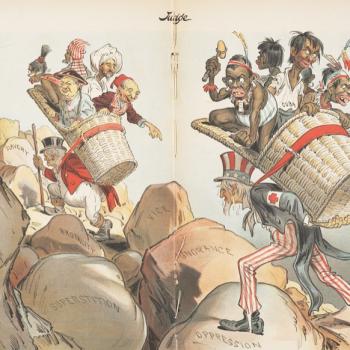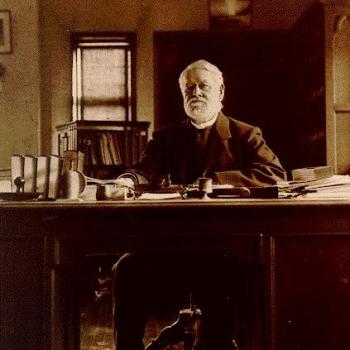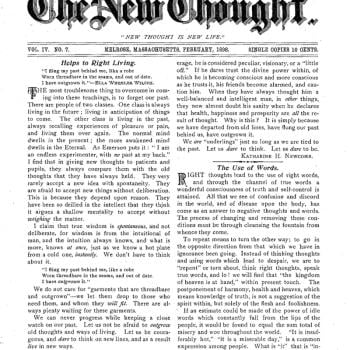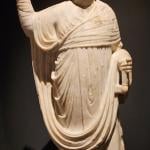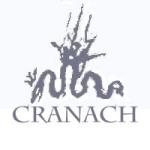I need to declare an interest in what follows. I am writing here about a new book called Voices of the Voiceless: Religion, Communism and the Keston Archive, edited by Julie deGraffenried and Zoe Knox, published by Baylor University Press. I teach at Baylor, where Julie is a colleague of mine in the History Department. Having said that … I am describing the book because it addresses such a critical topic in modern Christian history, and it does so through the lens of an archive that is still sadly under-publicized and under-exploited. And as you will see, there is an excellent reason for all the Baylor connections!
The Keston Archive is an unparalleled resource for the history of anti-Christian persecution in the Soviet Union, and the Communist puppet states of Eastern Europe. Today, that history has largely vanished from historical memory. Wandering in Hungary today (to take one example), you will casually see signs with names like Recsk and Kistarcsa, with no warning that in the 1950s these were the sites of lethal concentration camps in which Christian clergy and laity were murdered in their thousands. It was at Kistarcsa that Bishop Zoltán Meszlényi was martyred in 1951. In the Czech Republic, you might see the old uranium mining complexes of Pribram and Jáchymov without realizing how many religious enemies of the state died here in the 1950s undergoing forced labor that amounted to torture.
Through the 1960s, American Christians – especially Catholics – remained highly attuned to this situation, as they followed the career of a heroic resister like Hungarian cardinal József Mindszenty. Today, though, the persecutions seem to belong to ancient history, as remote as the time of Diocletian. That amnesia reflects the totally changed political situation, and the restoration of religious freedom: who could imagine such horrible deeds happening in such benevolently European and democratic settings? Yet it would be tragic if such a dreadful part of Christian history were lost to collective memory, if only because later generations have so much to learn from the various strategies that oppressed churches adopted in the face of crisis.
The need to keep these memories alive drove a heroic scholarly enterprise. Visiting Moscow in the 1950s, Anglican Canon Michael Bourdeaux encountered the city’s surviving Orthodox churches, and made it his life’s work to tell the West about those and other religious denominations under Communist rule. By the 1970s, he had founded Keston College in a London suburb, before moving it to Oxford. For twenty years, Keston became a center for the academic study of religion throughout the Eastern Bloc, and the primary source to which media and political leaders could turn for accurate and up-to-date information. This comment about reliable news might not sound too surprising in the modern world, but Bourdeaux’s access to sources on the ground was astonishing in the context of the closed and paranoid Soviet empire of the time. Keston played a critical role in keeping up pressure on the Soviets as they made their stumbling moves towards liberalization. In 1984, Bourdeaux won the Templeton Prize.
In later years, Keston became the victim of its own success. Although religious liberty issues remain alive in the new Russia, they are nothing like as prominent, or as newsworthy, as they were in the epic days of the Cold War, and the college faded from the headlines. But it still retained its staggering archive, which in 2007 found a new home in the United States, at Baylor University.
Today, Baylor’s Keston Center is a wonderful resource, which offers rich pickings for researchers in European history, or in the larger picture of modern Christianity. This material forms the basis of the excellent new Voices of the Voiceless book, a gorgeously illustrated collection of no fewer than 25 intriguing essays based on the collection.
Without under-valuing the writings of the individual authors, we can’t fail to be overwhelmed by the illustrations they deploy, which includes contemporary propaganda posters presenting venomous attacks on Christians, Jews and Muslims. They also draw on the religious samizdat, the underground “self-published” materials that Soviet believers produced through the darkest years, at risk of imprisonment or worse. Among the thousands of clandestine publications at the Keston Center, we find petitions, newssheets, and memoirs. Voices of the Voiceless gives enticing samples of this material, but never lets us forget just how enormous is the larger collection from which it is drawn.
The book recalls a terrifying lost world, and one that should ever be forgotten.




